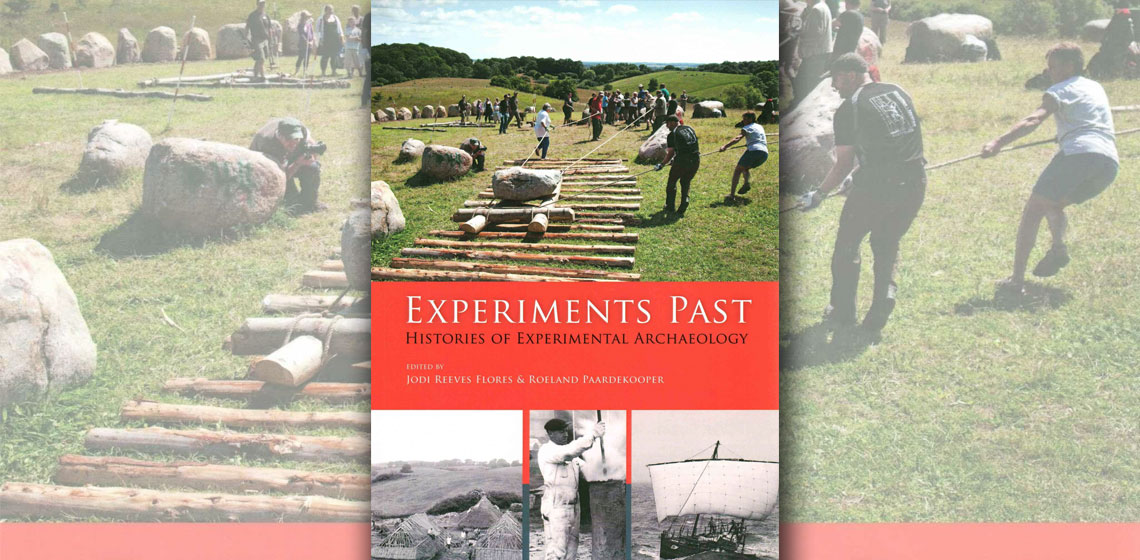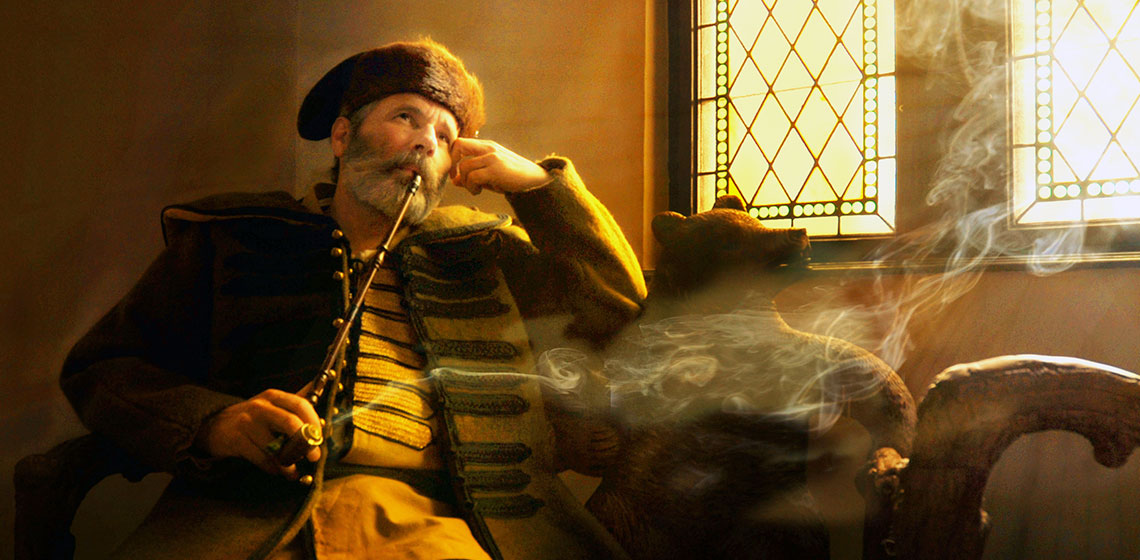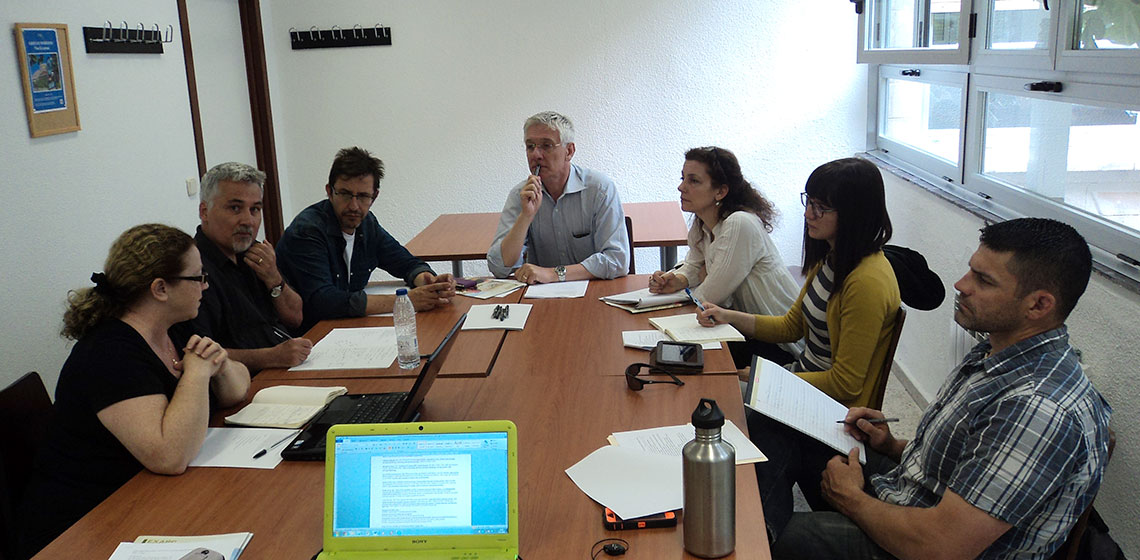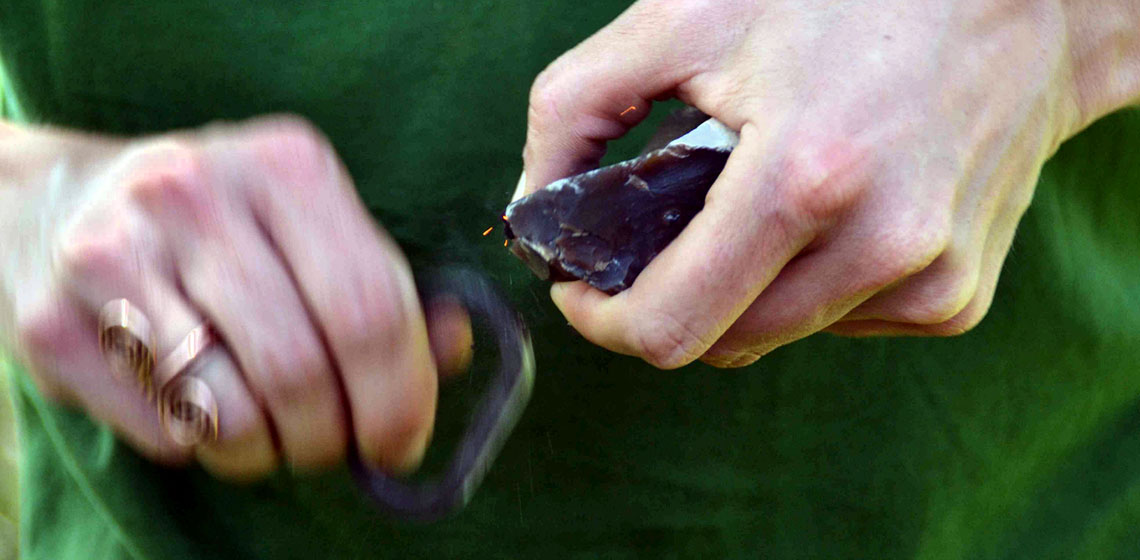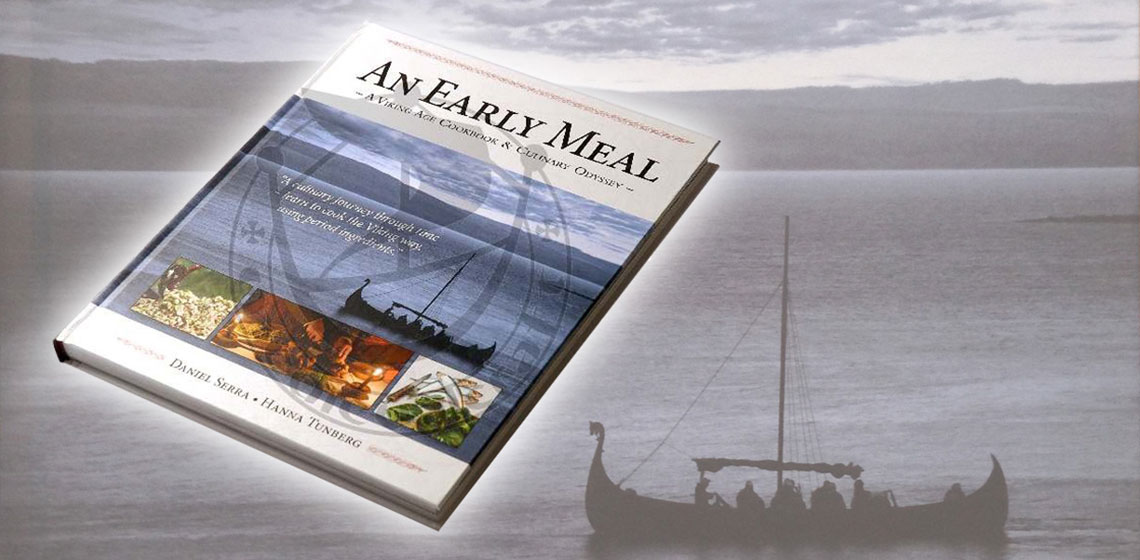Mixed Matters
Book Review: "Experiments Past" Edited by Jodi Reeves Flores & Roeland P. Paardekooper
Interview: Scientific Tools Applied within Archaeology and Historical Re-enactment: Dr Gábor Szollosy on the Implementation of Experimental Archaeology in Hungary
How do you personally approach the concept of experimental archaeology?
Experimental archaeology - in my opinion - has the main and only aim to find answers to questions where classical archaeological methods fail to find them.
Interview: Ancient Hoplitikon, "Poorer Cousin" to History Academia or alternative XXI Century Interpretation of History?
From the Minutes of “Universities & Experimental Archaeology” Roundtable Discussion 7th May 2014
Event Review: Food Workshop in Archeon at the OpenArch conference 2013
***Food and drink are basic needs for every human being. From the perspective of our modern culinary practices, with all its specialities and customs, the traditional cuisines, and especially the pre- and protohistoric dishes, seem not only very far away, but also very primitive and have a negative connotation...
Book Review: Reconstructing Ancient Linen Body Armour by Gregory S Aldrete, Scott Bartell and Alicia Aldrete
Everyone knows that the Ancient Greeks wore bronze armour. Examples have been excavated, mentioned in the literature and depicted on vases, statues et cetera. But there is also mention of something they called 'linothorax': literally, 'linen chest', meaning linen armour for the chest...


